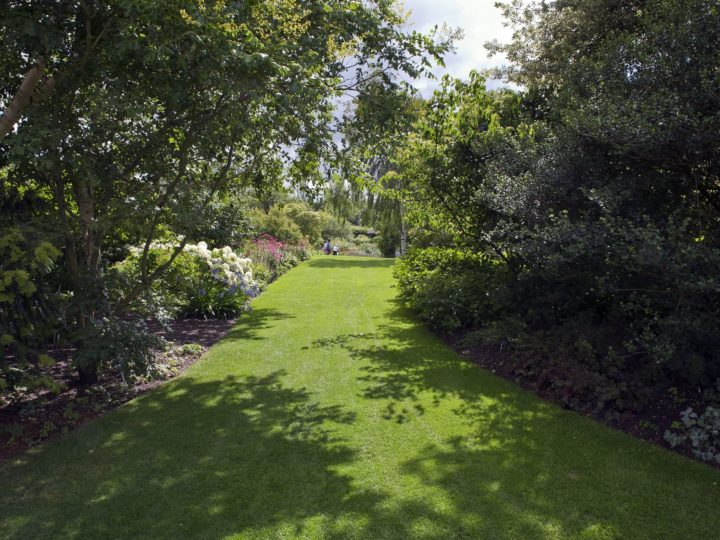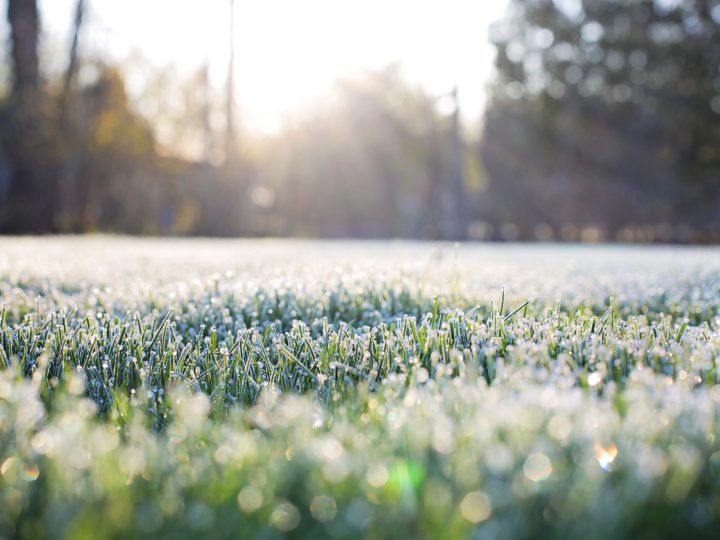Grass seed germination is often a cause for confusion. Different species germinate at different speeds, and prefer different conditions. And what actually causes the process of germination? Find the answers to all of your grass seed germination questions here.
What are the ideal germination conditions for grass seed?
Grass seed will germinate in most conditions. Most species (particularly aggressive species like Red Fescue and Dwarf Perennial Ryegrass) will germinate in more difficult conditions. Ideally, around 2″ of top soil is perfect for the newly germinated seeds to establish their root structure in. The weather needs to be right too. The soil temperature needs to be between 9-12 degrees Celsius for seed to germinate. This is usually from March through until September. Seeds also require adequate moisture to germinate and grow. On average, the UK usually has sufficient rainfall in March – April and September – October.
How long does it take for grass seed to germinate?
(See also “How long does it take for seed to grow”)
Depending on the conditions, you can expect to see some grass seed mixtures germinate quite quickly. If conditions at the time of sowing are perfect, you may see germination is as little as 2-4 days. On average though, germination will take between 7-14 days.
What if grass seed does not germinate?
This could be down to a number of reasons. Most frequently however, it is because the climate is too cold, or too dry. Another common reason for grass seed failures, is the depth of sowing. It is often wrongly believed that you should “plant” grass seed, by covering it.
What is the science behind grass seed germination?
The process of germination is quite straight forward. Seeds have a hard outer coating called a testa. When conditions are right, water will enter the seed through a gap in the testa called the micropyle. The water starts a chemical reaction inside the seed, which causes the first shoot and the first root, or the plumule and radicle, to push their way through the testa (which has softened because of the water absorption) and out into the soil. As the seedling continues to grow, the root begins to absorb water, and the shoot begins to photosynthesise producing its own energy, rather than relying on the energy stored in the seed.
2 Comments
How do you test soil temperature before seeding ?
Thx,
Neil.Author
Hi Neil,
Thanks for the comment.
Soil testers are readily available and generally cost less than £10. We are currently out of stock but a local garden centre should be able to help.
Hope that helps,
Best regards


-720x540.jpg)

